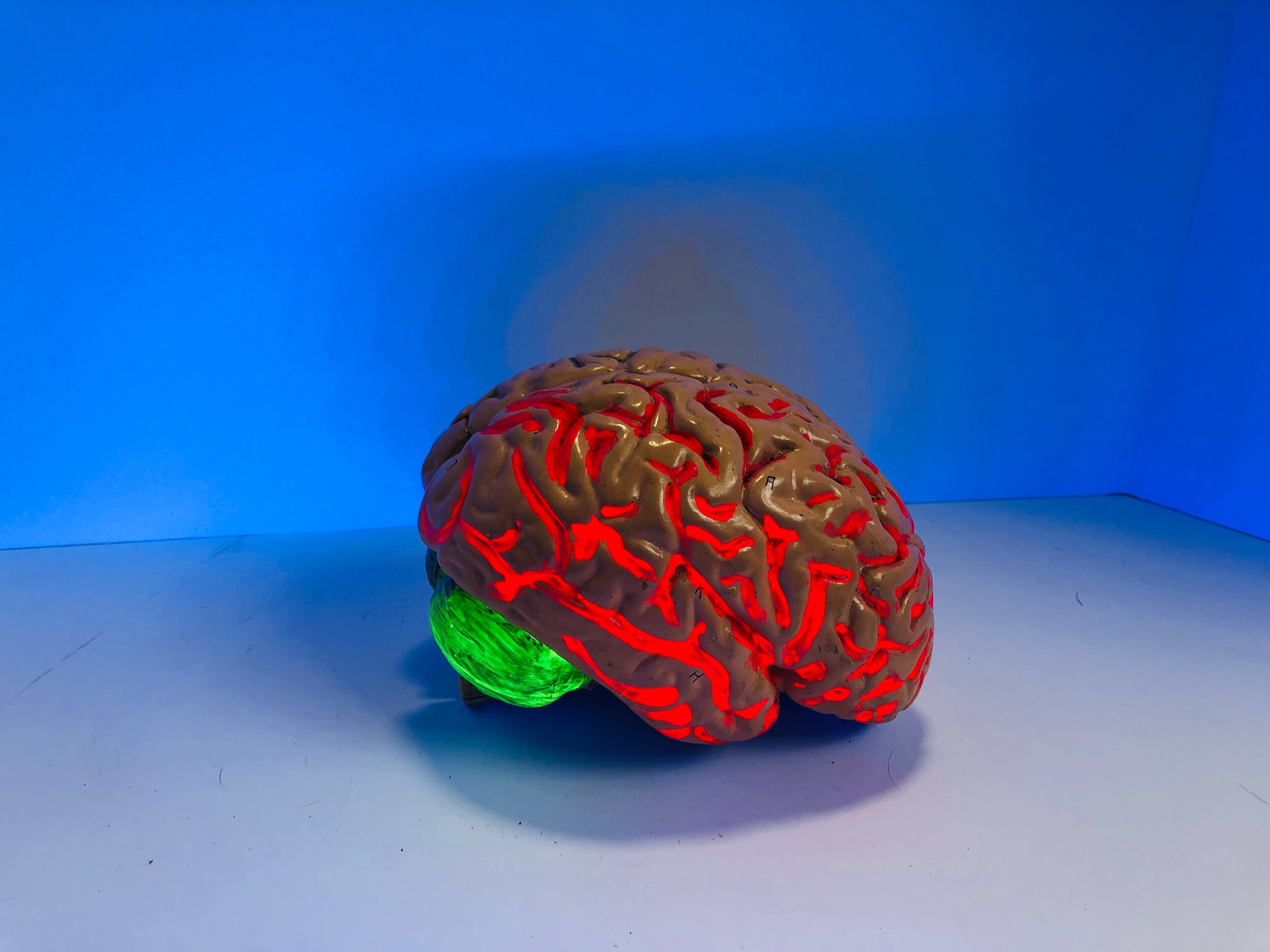Events

Dating during the pandemic? What are the rules? Is there an etiquette to it? While we currently live in an ever-changing world as social distancing remains at the forefront of much of what we do there are still ways to determine how to date safely and form connections with others, while still practicing social distancing. What are the fears around dating during the time of COVID?

It’s fall, that means it’s pumpkin spice time! It’s everywhere! Coffee creamer, cereal, ice cream, pop tarts, granola bars and more, we see pumpkin spice as an ingredient in almost every item you could imagine. Do you know there is even pumpkin-spice flavored spam? While some may sound more delicious than others, either way pumpkin spice is good for you. There are health benefits to this that we often don’t talk about as we are indulging in some pumpkin spice cinnamon rolls. And while the baked goods may not be the healthiest, pumpkin spice itself has some major benefits.

As the days get shorter, temperatures drop, and we recognize those days of sitting by the pool, or going for a swim are ending, we can sometimes find ourselves feeling anxious. Autumn anxiety has been defined as, “The tendency for people to suffer from low mood or anxiety during the fall months.”. Typically autumn anxiety is triggered by the seasonal changes and occurs annually for those that experience this.

National Pumpkin Day is October 26th, however we seem to celebrate the joys of pumpkin throughout the fall, particularly in October. Whether it be a pumpkin spiced-latte, pumpkin pie, pumpkin ice cream, there are so many options on the market throughout the fall. While we eat these because they taste good, and bring back positive feelings of fall, there are other benefits to eating pumpkin as well. Read about the amazing health benefits of pumpkin!

We are always changing, and our lives are always evolving. Whether on a small or large scale we are constantly facing various stressors, challenges, different viewpoints and other situations that enact change. Some change occurs because we choose it, or we have some control over it, other times this change is out of our control. How does change impact our goals if we are ever-changing? Settings goals often serves as a motivator, it contributes to our emotional and physical health and allows us to find a sense of purpose. However, we often struggle to keep consistent with the goals we set. It’s so hard to predict what the future holds for each of us, and how our plans might need to shift or can be impacted by potential challenges in the future. While this feels like a lot to take on and consider, one solution to this concern is: goal adjustment..

With so much content across social media around the pandemic and ongoing protests as well as outcries amongst systemic racism and police brutality, it’s important to understand the impact this has on one another and how this may exacerbate ongoing trauma responses.

It is crucial during this time to create healthy boundaries and engage in self-care. This looks different for all whether this be dancing, crafts, cooking, gardening, spiritual or religious practices, and many others. Limiting social media and news activity may be helpful in engaging in self-care, as well as breathing exercises and other mindful techniques to reduce anxiety and process difficult feelings. Self-care is crucial during this time, here are a few resources from the NAMI list of health resources for the black community.

As protestors continue to take to the streets across the country, highlighting ongoing systemic racism, social media is amplifying these messages. Videos and photos depicting police violence toward protestors such as shooting them with rubber bullets, driving cruisers into crowds, and throwing tear gas at protestors can be viewed daily, across social media platforms. According to research, while this imagery shines light on racism and aims to bolster efforts in fighting it, the explosion of content can also cause and reinforce trauma, especially for black people. Trauma and the possibility of symptoms of PTSD can occur due to the accumulation of experiences of racism and discrimination.

It is reported that 20% of Black Americans are more likely to report symptoms of psychological distress than their white counterparts (MHA, 2020). Black teenagers are also more likely to attempt suicide than their white counterparts, and Black Americans are more likely to be victims of serious violent crimes than white Americans – thus leading to symptoms fulfilling criteria for Posttraumatic Stress Disorder (PTSD) (MHA, 2020). Racialized trauma plays a large role in these astounding numbers and the ongoing cycle of violence so many experience.

Ongoing media coverage and public outcry among many upsetting incidents across our country have sparked rage, anger, sadness, and action across not only our country, but the world. Conversations around race relations and biases within ourselves and the justice system, against individuals of color have been building and growing. From George Floyd to Breonna Taylor, Michael Brown and other lesser known cases such as the beating of homeless grandmother Marlene Pinnock, psychology is an important topic within the discussion on racial inequality and racial biases in America.